Nepal is a landlocked country in southeast Asia sandwiched between China and India, along the southern slopes of the Himalayas. Its territory extends approximately 500 miles (800 kilometers) from east to west and 90 to 150 miles from north to south. Nepal has three main geographical regions – the Himalayas in the north, the central hilly region, and the Terai (or the flat region) in the south. Nepal’s primary longitude and latitude are 84° East and 28° North.
Geography
The Great Himalayan Range
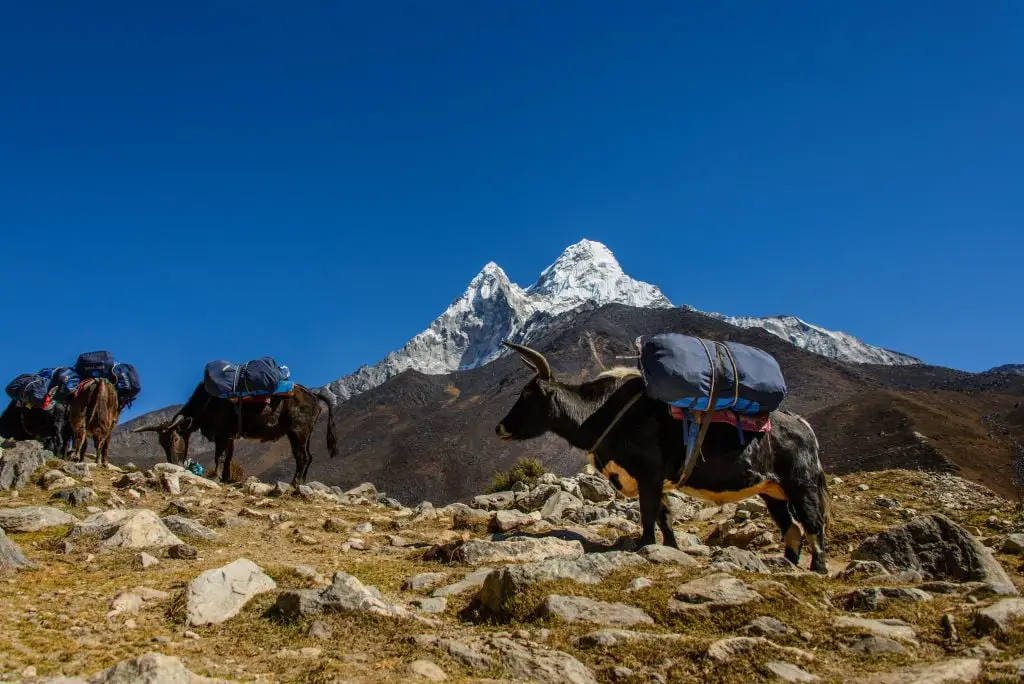
Nepal has some of the harshest and most challenging mountain terrains, which cover roughly 75% of the country in the Great Himalaya Range. Eight of the world’s tallest peaks, Everest (8,848 m), Kanchenjunga (8598 m), Lhotse (8,516 m), Makalu (8,463 m), Cho Oyu (8,201 m), Dhaulagiri (8,167 m), Manaslu (8,163 m), and Annapurna (8,091 m), are located in Nepal.
The River Basin
In Ganga Basin (Ganges), approximately 70% of dry season flow and 40% of the annual flow of the Ganga River (Ganges) comes through Nepal. There are about 6,000 rivers in Nepal.
These are the three main groups of rivers based on their origins.
- The first group of rivers is snow-fed-types such as the Koshi, Gandaki, Karnali, and Mahakali. As a result of their Himalayan snow- and glacier-fed origins, these rivers maintain their flow during the dry season.
- The second group of rivers originates in the middle mountains and hilly regions. The Bagmati, Kamala, Rapti, Mechi, Kankai, and Babai rivers fall into this group. Their flow regimes are affected by both monsoon precipitation and groundwater.
- The third group of rivers originates in the Siwalik zone. Tinau, Banganga, Tilawe, Sirsia, Manusmara, Hardinath, Sunsari, and other smaller rivers are the rivers falling into this group. The flow in these rivers depends primarily on monsoon precipitation, and their flow level could deplete significantly low during the non-monsoon period.
Regions in Nepal
Nepal is divided into five development regions:
| Regions | Headquarters |
| Eastern Development Region | Dhankuta |
| Central Development Region | Kathmandu |
| Western Development Region | Pokhara |
| Mid-western development Region | Birendranagar |
| Far-Western Development Region | Dipayal |
History of Nepal
Modern Nepal, as we know it currently as a country, was merely a valley known as Kathmandu, the current capital of Nepal.
- The Kirat dynasty has ruled Nepal since the 7th or 8th century B.C. This dynasty was non-Sanskritic with Mongoloid origin and speakers of a Tibeto-Burman language. The famous king “Yalamber” from the Kirata dynasty is mentioned in the Hindu religious epic “Mahabharat.”
- From 300 A.D, the Lichhavis dynasty ruled the kingdom of Nepal. Changu Narayan Temple near Bhaktapur, which dates back to the 5th century, is one of the legacies they have left. The temple is on the UNESCO World Heritage Site (Culture) list.
- After the fall of the Lichhavis dynasty, the Malla dynasty superseded Nepal’s kingdom in the 9th century. During their rule, society and the cities became well organized; the Malla dynasty introduced religious festivals, literature, music, and art.
- An ambitious Gorkha King named Prithvi Narayan Shah defeated the Malla dynasty in 1769 A.D., thus ending the Malla dynasty and the start of the Shah dynasty. However, the history of the Gorkha state goes back to 1559 A.D., when Dravya Shah conquered a chiefly area inhabited by Gurungs and Magars.
- After the royal family massacre of king Birendra and his family in 2001, the last king of the shah dynasty, king Gyanendra relinquished his power in 2006.
- In 2006 then Prime Minister Girija Prasad Koirala and Maoist chairman Prachanda signed the Comprehensive Peace Agreement (CPA), paving the way for democracy.
People and Culture
The current population of Nepal is around 30,240,247. The people of Nepal are known as Nepali or Nepalese. Nepalis are known to be dependable and resilient people who can withstand challenging conditions. The collective response to an earthquake in 2015 shows the determination and resilience of the Nepali people. Nepali people are loyal to their culture and country, whereas the culture is deeply rooted in tradition and religion. The nature of the general Nepali person is calm and patient. However, new ideas and thoughts are being introduced to the general population in light of a new democratic political order.
Nepal is full of diversity, and the entire population is composed of 125 castes.
Nepal’s Demographic statistics By Caste (Census 2011)
| Caste/ethnic groups | Population | % |
| Chhetri/Khas | 4,398,053 | 16.6% |
| Bahun | 3,226,903 | 12.2% |
| Magar | 1,877,733 | 7.3% |
| Tharu | 1,737,470 | 6.6% |
| Tamang | 1,321,933 | 6.5% |
| Newar | 1,539,830 | 5.9% |
| Sanyasi/Dasnami | 1,287,633 | 4.8% |
| Khas-Kami | 1,258,554 | 4.7% |
| Muslim (taken as a single religious group) | 1,164,255 | 4.4% |
| Yadav | 1,054,458 | 4.0% |
| Rai | 690,989 | 2.3% |
| Gurung | 522,641 | 1.9% |
| Sherpa | 512,926 | 1.8% |
| Thakuri | 425,623 | 1.6% |
| Limbu | 387,300 | 1.4% |
| Sarki | 374,816 | 1.41% |
| Teli | 369,688 | 1.4% |
| Chamar/Harijan/Ram | 335,893 | 1.3% |
| Koiri/Kushwaha | 306,393 | 1.1% |
| Musahar | 234,490 | 0.88% |
| Kurmi | 231,129 | 0.87% |
| Dhanuk | 219,808 | 0.82% |
| Dusadh/Pasawan | 208,910 | 0.79% |
| Damaii/Dholi | 112,946 | 0.42% |
| Sunuwar | 100,000 | 0.38% |
| Kumal | 121,196 | 0.46% |
| Other (more than 100 caste/ethnic groups) | 4,229,290 | 15.96% |
Religion
Nepal is a secular nation and has wide diversity and groups of beliefs. Hinduism, Buddhism, Islam, Kirat, Christianity, Prakriti, Bon, Jainism, Bahai, and Sikhism are the major religions in Nepal. A cow is considered sacred in Hinduism and the national animal of Nepal so killing a Cow is illegal in Nepal.
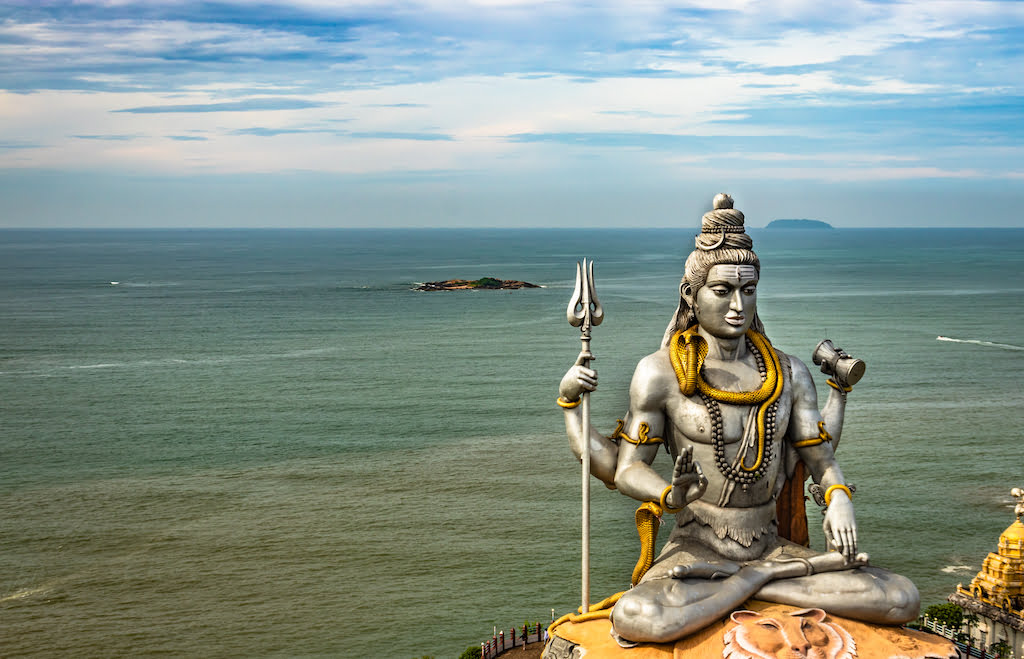
Nepal’s Demographic statistics by religion (Census 2011)
| Religions | % | Population |
| Hindu | 81.3 % | 21,551,492 |
| Buddhism | 9% | 21,551,492 |
| Islam | 4.4% | 1,162,370 |
| Kirat | 3.1% | 807,169 |
| Christianity | 1.4% | 375,699 |
| Prakriti | 0.5% | 121,982 |
| Bon | – | 13,006 |
| Jainism | – | 3,214 |
| Bahai | – | 1,283 |
| Sikhism | – | 609 |
Time and Calendar
Calendar in Nepal
The official Nepali calendar is called Bikram Sambat or known as Nepal Sambat. Bikram Sambat (B.S) is approximately 56 years and eight months ahead of the Gregorian Calendar (A.D). Bikram Sambat is a lunisolar calendar, and the new year starts in the mid of April.
Time
Nepal has a UTC offset of +5:45, 45 minutes offset instead of a full hour. The abbreviations used for Nepal are either NP or NPL. There is no daylight saving observed in Nepal.
Currency in Nepal
The Nepali Rupee (NRN) is the official currency used in Nepal. The rupee is subdivided into one hundred paisa. The most used currency used in Nepal other than Nepali Rupee is US Dollar (USD), Euro (EUR), and Indian Rupee (INR). The Nepali Rupee is pegged to Indian Rupees at 1 INR = 1.60 NPR.
What is Nepal Famous for

Mount Everest (Sagarmatha)
Mount Everest is the tallest mountain on Earth, located in the Mahalangur Himal sub-range of the Himalayas. Its elevation of 8,848 meters (29,029 ft) makes it the highest mountain in the world. Mount Everest is known as Sagarmatha in Nepali and Chomolungma in Tibetan. The word Sagarmatha means “Peak of Heaven” and is revered by the local people. In contrast, the Tibetan name Chomolungma means “Goddess Mother of the World.”
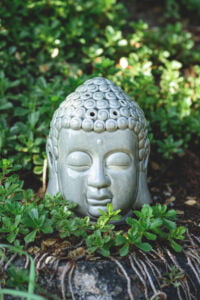
Gautam Buddha
Siddhartha Gautama, a prince who lived in the 6th–4th century BCE, was born in Lumbini, near Kapilavastu, in what is now Nepal. He was born into the Shakya clan and went on to found Buddhism, one of the world’s major religions. His followers, known as Buddhists, propagated the religion that has become known as Buddhism.
The Gurkhas
Gurkhas, also known as Gorkha, are Nepal’s people recruited into the British Army. The first Gurkha troops were recruited into the British Army in 1815. Since then, Gurkhas have served with distinction throughout the world, earning 13 Victoria Crosses and countless other medals.
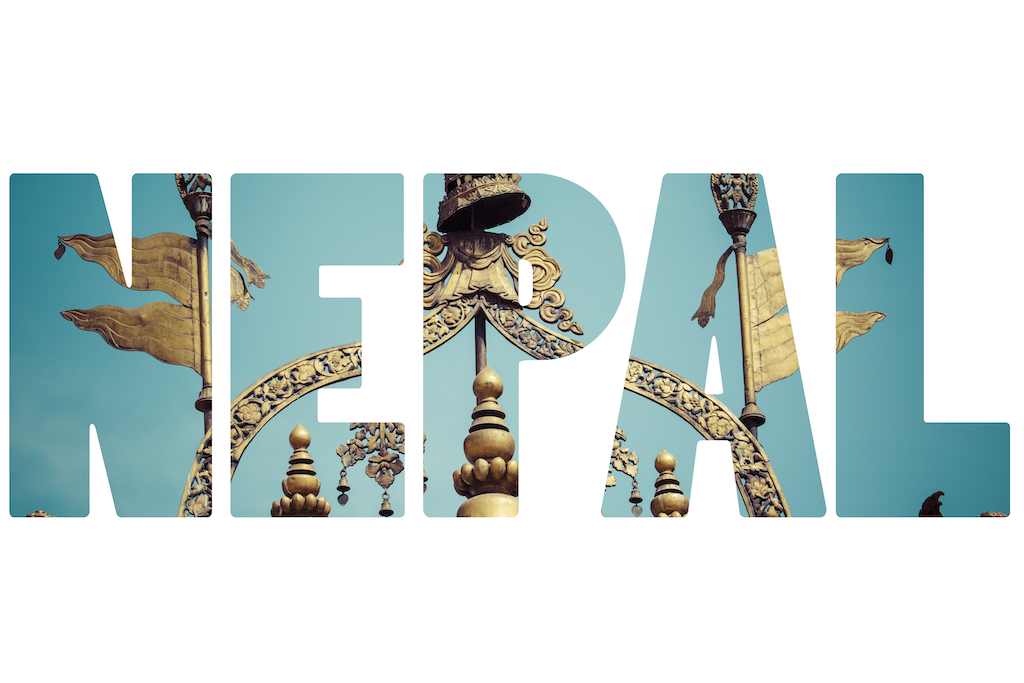
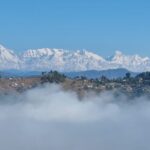
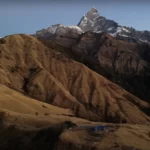
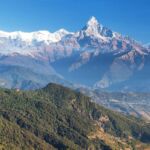

Leave a Reply